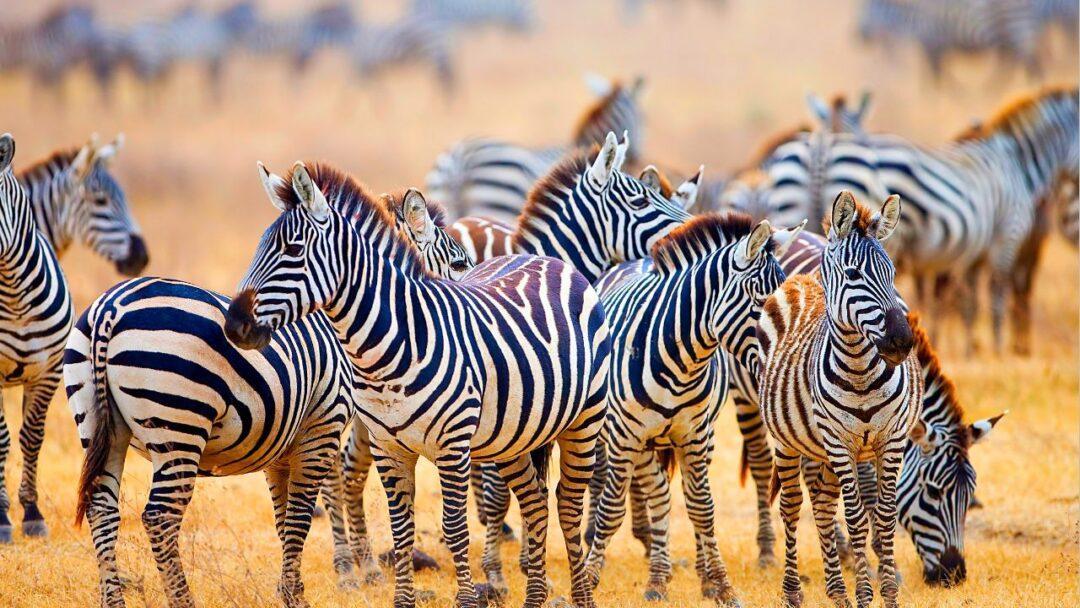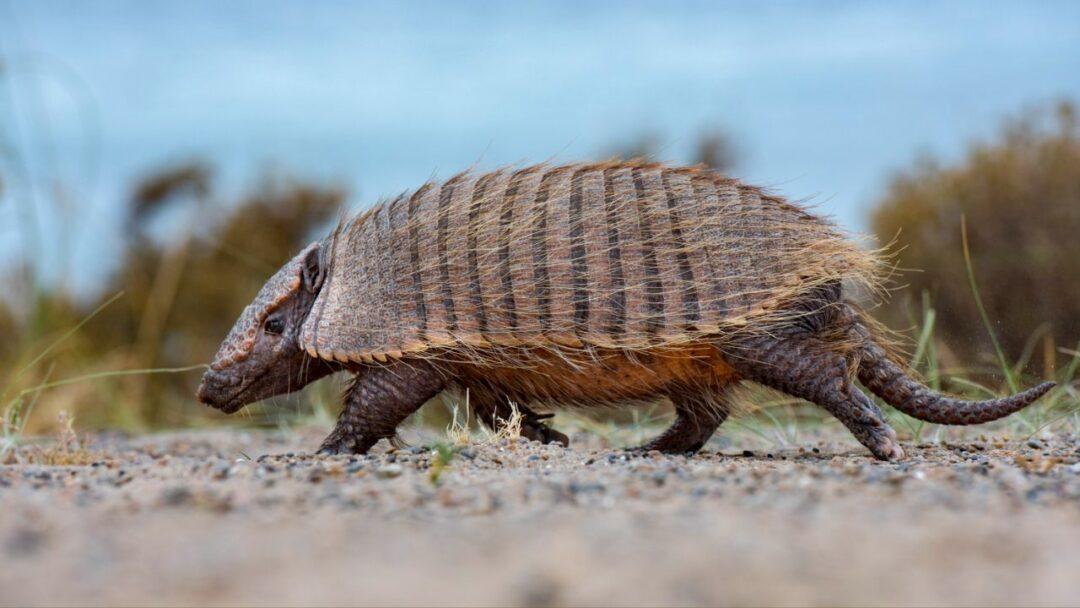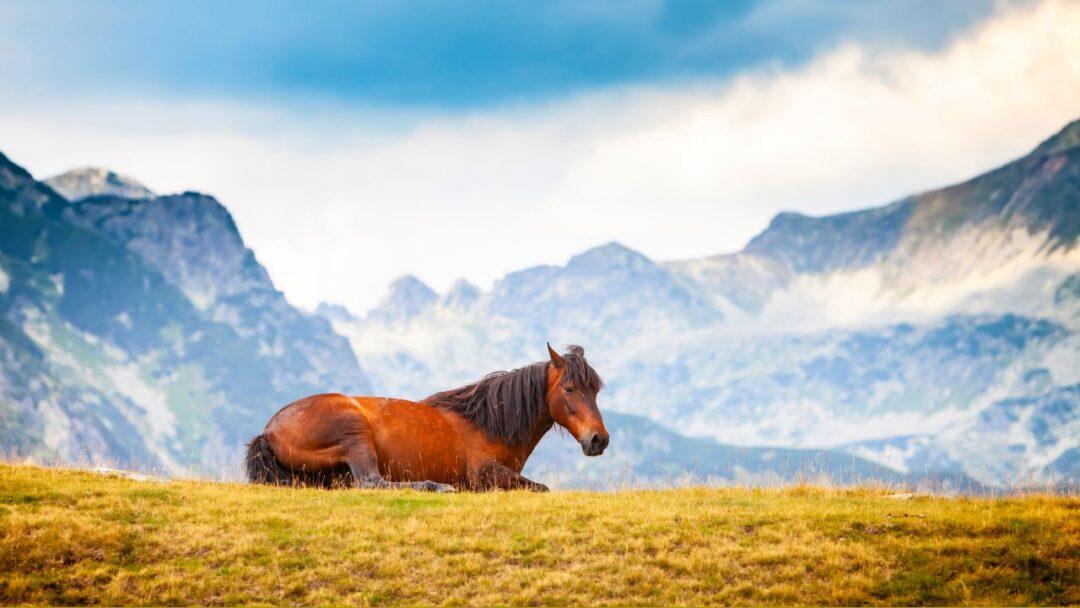Table of Contents

Introduction
Known for their striking stripes and other unusual features, Zebras are intriguing animals. They are related to horses and donkeys and are native to Africa. In this post, we’ll look at ten fascinating zebra facts, including some enigmas, urban legends, and the animals’ ecological significance.
10 Interesting Facts about Zebras
- There are three species of zebras: There are three species of zebras, including the plains zebra, the Grevy’s zebra, and the mountain zebra. Each species has a unique stripe pattern.
- Zebras are herbivores: Zebras are herbivores and feed on a variety of plants, including grasses, leaves, and bark.
- Zebras have unique stripes: No two zebras have the same stripe pattern. The stripes are believed to help the zebras to camouflage themselves from predators.
- Zebras can run up to 40 miles per hour: Zebras are fast runners and can outrun many predators.
- Zebras are social animals: Zebras live in groups called herds and communicate with each other through vocalization, body language, and scent.
- Zebras have excellent hearing and vision: Zebras have large ears and excellent hearing, which helps them to detect predators. They also have good vision, which allows them to see in low light conditions.
- Zebras can sleep while standing up: Zebras can sleep standing up, which allows them to quickly escape from predators if needed.
- Zebras are prey animals: Zebras are an important source of food for predators such as lions, hyenas, and crocodiles.
- Zebras have a strong maternal bond: Female zebras form strong bonds with their offspring and will fiercely protect them from predators.
- Zebras can go without water for up to five days: Zebras can survive without water for up to five days by extracting moisture from the plants they eat.
Mysterious Facts and Myths
Zebras have long been associated with myths and mysteries. Here are some interesting facts and myths about zebras:
- Zebras were once believed to be domesticated and used for transportation.
- In some cultures, zebras are believed to have supernatural powers and are associated with witchcraft.
- The stripes on a zebra are believed to have mystical significance and are associated with the supernatural.
Importance to Ecosystem
Zebras are significant members of the ecology. By grazing on plants, they provide as a vital source of food for predators and contribute to the ecological balance.
How many species of zebras are there?
There are three main species of zebras: the plains zebra, the mountain zebra, and the Grevy’s zebra.
What is the average lifespan of a zebra?
Zebras typically live for about 25 to 30 years in the wild, although some individuals have been known to live longer.
Are zebras black with white stripes or white with black stripes?
Zebras have a black skin color, and their unique stripe patterns are formed by pigmentation variations on their hair.
How fast can zebras run?
Zebras are known for their impressive speed. They can reach speeds of up to 40 to 50 miles per hour (64 to 80 kilometers per hour) when they need to escape predators.
Do zebras migrate like other animals?
Zebras do not migrate long distances like some other animals. However, they may undertake shorter seasonal migrations in search of food and water.
What is the purpose of zebra’s stripes?
While the exact function of zebra stripes is not fully understood, scientists believe they may serve several purposes, including camouflage, social bonding, and insect repellent.
How do zebras communicate with each other?
Zebras communicate through a variety of vocalizations, such as braying, snorting, and barking. They also use body language, including ear positioning and facial expressions, to convey messages to other zebras.
Are zebras herbivores?
Yes, zebras are herbivores, which means they primarily feed on grass, leaves, and other plant materials.
Do zebras have any natural predators?
Zebras have several natural predators, including lions, hyenas, and crocodiles. They rely on their speed and agility to evade these predators.
Can zebras be domesticated or trained like horses?
While zebras are closely related to horses, they are more difficult to domesticate and train. Zebras have a wild and independent nature, making them less suitable for domestication compared to horses.
Conclusion
Zebras are intriguing creatures with distinctive traits. They can sprint quickly, have exceptional hearing and eyesight, and have a close attachment with their mothers. Zebras, which are prey animals, contribute significantly to the environment by feeding predators and regulating plant development through grazing.
10 Interesting Facts About Platypuses : NEXT POST




